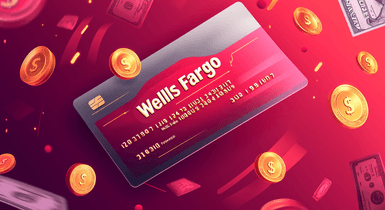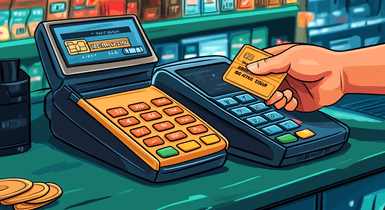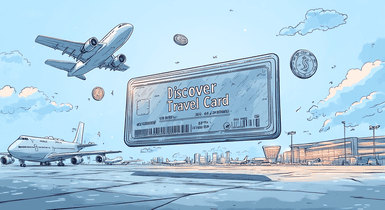What Is a Cash Advance Credit Card? Key Facts & Fees
Contents
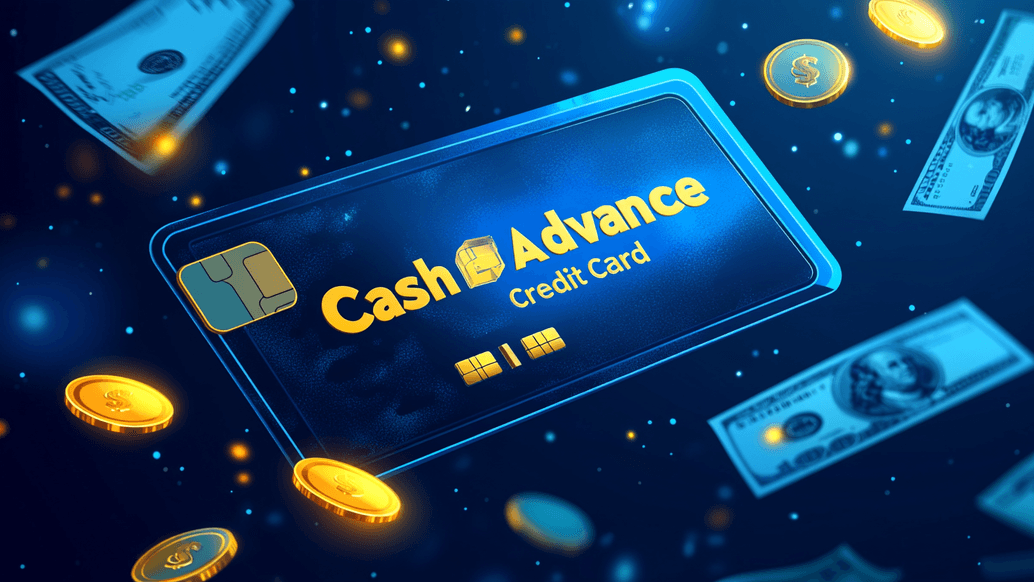
When you need quick access to cash, a cash advance credit card might seem like the perfect solution. However, this convenience comes steeped in high fees, expensive interest rates, and financial pitfalls that are easy to stumble into. This guide will break down how credit advance works, the associated costs, and whether they’re a good choice for your wallet. By the end, you'll have a clearer understanding of this often-misunderstood feature and explore better alternatives.
How Does a Cash Advance Work?

Whatever method you choose to withdraw money, you're borrowing a cash advance off a credit card. Unlike regular credit card purchases, a cash advances function more like short-term loans. Here's how you can access a cash advance:
- At an ATM: This is the most common method of cash advance via an ATM on your credit card. Just like with a debit card, you will need to withdraw cash using your PIN. Remember that, in this case, you are paying a cash advance fee on top of the usual costs that the ATM may charge you.
- At a Bank: You can also get a cash advance at your bank branch. You approach any bank teller and present your credit card and a valid ID. Again, be sure to check whether your bank imposes any additional fees for this service.
- Using Convenience Checks: Many credit card issuers provide convenience checks that allow you to take an advance against your credit limit. You can write that check to yourself, deposit it into your bank account, and then withdraw the funds.
Worth noting here is the fact that a cash advance on credit cards represents an exception to regular credit card purchases. Normally, there is a time frame called a grace period, during which the balance can be repaid without any interest accruals. In the case of a cash advance, however, interest begins accruing immediately at a higher rate than usual.
Fees and Interest Rates

Cash advances are much more expensive in fees and interest rates than regular credit card transactions. Here's roughly what you can typically expect:
- Cash Advance Fees for Credit Cards: Most credit card issuers charge a cash advance fee, either a fixed fee (e.g., $10) or a percentage of the transaction amount, usually around 3–5%. That would mean, for example, withdrawing $500 could cost you an extra $25 in fees.
- Higher Interest Rates: The interest rate on cash advances is significantly higher compared to the ones charged on credit cards for regular purchases. Cash advance APRs can typically range from 17.99% to 29.99%, with no provided grace period.
- ATM Fees: If you use an ATM, you’ll still have to pay the machine’s withdrawal fee. These may often cost between $2 and $3, depending on the machine and bank.
These high fees and interest rates quickly make cash advances probably one of the most expensive ways to borrow money.
Credit Card Advance Loans Limits
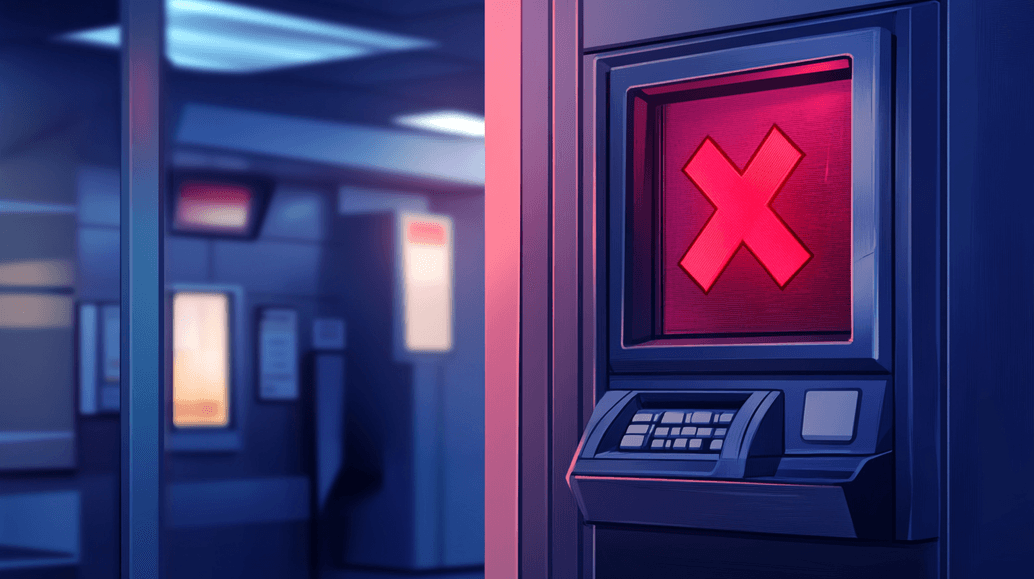
Cash advances have their own limit, separate from your regular credit card limit. Generally, your cash advance limit is usually a smaller percentage of your total credit line and is determined by your credit card issuer. Your cash advance limit can be found on your monthly statement or by calling your credit card issuer.
For example, if the credit limit is $10,000, your cash advance limit might only be around $3,000. You should be mindful of this cap because this may lead you to face extra charges, and you'll still be liable to pay the interest and charges against cash advances at high rates.
Alternatives to Cash Advances

Fortunately, advance cash credit is not your only option. In most cases, there is an alternative with lower fees, under conditions that are much better for you, with reduced financial stress.
Personal Loans
Personal loans often have interest rates that are considerably much lower, starting at around 10–12%. Banks, credit unions, or online lenders offering higher tolerance for repayment terms may grant such a loan.
Payday Loans
Payday loans may be quicker options and usually have fixed fees with high interest rates for smaller quantities. These are to be used cautiously and to be paid off as quickly as possible.
Loans from Friends or Family
An open loan with a trusted friend or family member who you know and can communicate frankly will eliminate the fees associated with cash advances. Unless you have unforeseen circumstances and/or you aren't clear about how much and when you can repay, there won't be any potential problems.
Credit Union Emergency Loans
Many credit unions offer emergency loans, which are much more friendly in interest rate and less burdensome in repayment compared to a cash advance. However, they are often designed for genuine financial emergencies, like medical bills or urgent repairs.
Credit Card Hardship Programs
Some credit card companies offer hardship programs, that is, loans, terms of which you negotiate, that can reduce your interest rate or waive fees for at least a few months. Check this option with your credit card issuer before you opt for a cash advance.
Pros and Cons of Cash Advances

Like any other financial tool, cash advances have their pros and cons.
Pros
- Immediate Access to Cash: The answer to “Can I get a cash advance?” is almost always yes, and that’s the main advantage — you immediately access cash that the other lines of credit might withhold.
- Convenience: You do not need to go ahead and apply for another loan or indulge in complicated forms. Since this cash advance is tagged with your credit card, it is not hard to draw cash through the ATM, bank, or convenience check.
- Doesn’t Affect Other Credit Sources: A cash advance doesn't require a hard credit check pull, which would lead to lowering your credit score for a short time.
Cons
- High Fees: Cash advances have been termed very expensive. With transaction fees adding to ATM charges, costs add up quickly.
- Higher Interest Rates: Cash advance interest rates are significantly higher than purchase rates.
- No Grace Period: Interest starts accruing from the moment you withdraw cash. The longer you take to pay back this advance, the more costly it is going to be.
- Debt Accumulation: High fees, besides steep interest rates, get you piling debt rather quickly and negatively affecting your financial health.
- Credit Score Impact: In the case of failing to pay back a cash advance on time, such an increasing balance, together with missed payments, tends to dent one's credit score.
How to Avoid Cash Advances
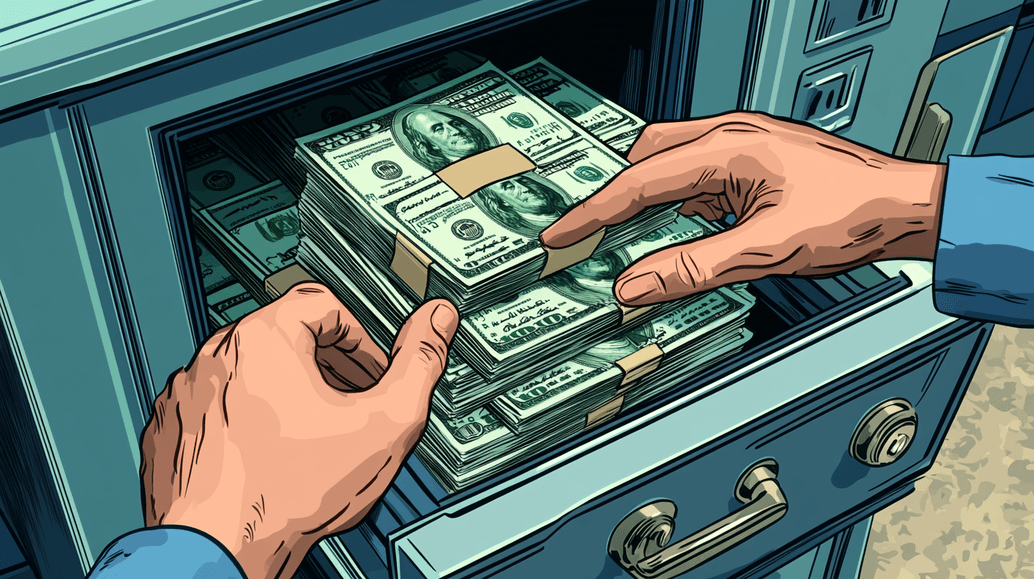
Steering clear of cash advances requires careful financial planning and responsible discipline in conducting personal finances. Here are a few strategies to consider:
- Build an Emergency Fund: You need to have a contingency fund that would, in most instances, cover emergencies and unexpected expenses, reducing your reliance on costly credit options like cash advances.
- Budget Wisely: Proper budgeting would ensure the avoidance of financial shortfalls. Make adequate provisions to cover both day-to-day expenses and contingent ones. Pay off your credit card balance in full each month to avoid accumulating interest and taking excessive dependence on cash advances.
- Explore Alternative Credit Options: If you need a continued source of funds, avail of a line of credit or apply for a low-interest rate credit card alternative that offers better terms and conditions than a cash advance.
Before you request a cash advance, learn more about credit here.
Conclusion
Understanding how cash advances work, all the costs associated with the transaction, and alternatives can help you make informed financial decisions. In most cases, exploring other borrowing options will save you money and spare you the high fees and interest rates that come with cash advances. Before opting for a cash advance, weigh the alternatives and make the choice that best suits your financial situation.

